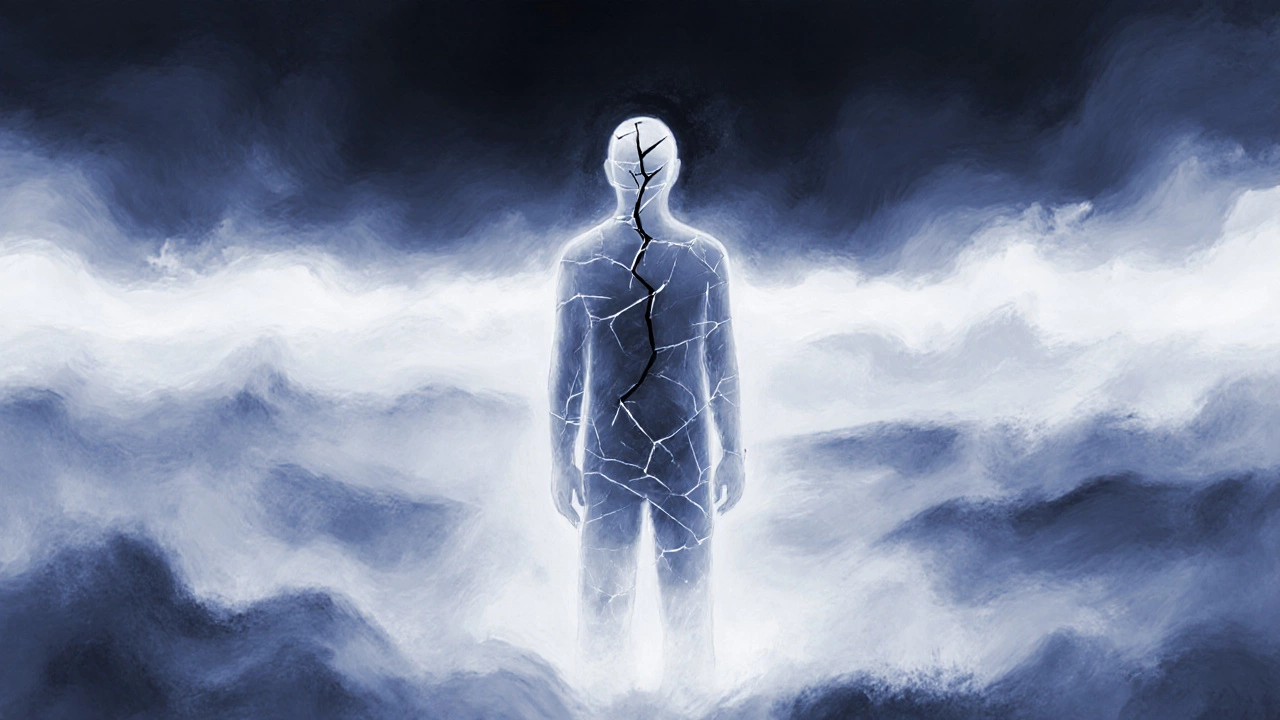Most Painful Mental Illness – Understanding the Deepest Emotional Struggles
When we talk about most painful mental illness, a condition that causes overwhelming emotional distress, intense hopelessness, and often physical pain, also known as severe mood disorder, we’re dealing with a health challenge that touches every part of life. It’s not a single diagnosis; rather, it encompasses several disorders that share the hallmark of crushing suffering. For example, depression, characterized by persistent low mood, loss of interest, and a sense of worthlessness, is a primary driver of that pain. Likewise, anxiety disorder, marked by chronic worry, panic attacks, and physical tension, can amplify the misery, creating a feedback loop where fear fuels sadness and vice‑versa. Together, these conditions form a web where emotional anguish can feel as real as physical injury, demanding both medical and therapeutic attention.
How Related Disorders Shape the Experience of Pain
Beyond depression and anxiety, two other conditions often sit at the heart of the most painful mental illness conversation. Bipolar disorder, defined by extreme mood swings from manic highs to depressive lows, introduces sudden shifts that can leave a person feeling out of control and exhausted. The manic phases may mask underlying pain, while the depressive crashes intensify it, making treatment planning especially complex. Another key player is post‑traumatic stress disorder (PTSD), a trauma‑related condition that triggers intrusive memories, hyper‑vigilance, and emotional numbness, which often co‑exists with depression and anxiety, layering additional sources of anguish. These disorders share common attributes—disrupted sleep, altered appetite, and cognitive fog—that intertwine to deepen the overall burden. Addressing them requires a multi‑pronged approach: medication to balance neurochemistry, psychotherapy to reframe thought patterns, and lifestyle tweaks like regular exercise and mindfulness to reduce physiological stress.
In the list below you’ll find articles that unpack each of these facets in plain language. Whether you’re looking for signs to spot early, want to compare treatment options, or need practical coping tips, the collection covers the full spectrum of pain‑inducing mental health conditions. Each piece is built on the same foundation—recognizing that the most painful mental illness isn’t a single label but a cluster of disorders that demand understanding, empathy, and evidence‑based care. Dive in to see how you can identify, manage, and ultimately lessen the weight of these relentless emotional challenges.





